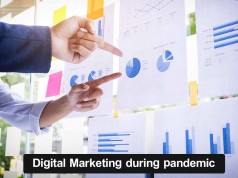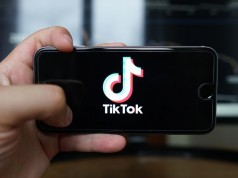Programmatic Advertising
Programmatic advertising happens to be an automatic way of buying and then optimizing digital campaigns instead of buying directly from publishers. It has been designed to replace human negotiations with that of machine learning and AI-based optimization. The goal of programmatic advertising has always been to increase efficiency as well as transparency when it comes to the interactions between an advertiser and a publisher. In this article, we are going to discuss everything about programmatic advertising with paid ads. Let’s get started!
Who Uses Programmatic Advertising Channels?
Previously, programmatic advertising used to be reserved for ad and media agencies who had deep pockets and large budgets. Now, that has changed completely. The rapid rise of tools that are self-servicing such as ‘Match2One’ enables even smaller brands and agencies to have increased access to this technology. These tools have also started offering smaller players in the game the ability to compete with larger brands without having to go through extremely expensive middlemen.
As of right now, programmatic advertising happens to exists in a wide range of digital channels such as display, mobile, video, and social. Even traditional offline channels are also becoming digitized slowly. Out-of-home channels have also started to advertise programmatically via digital screens on bus stations, shopping malls, billboards, and so on.
Brief History
The first-ever online ad happened to run in 1994 on an online blog which is now called the Wired Magazine. Back then it was known as HotWired.com. They featured a banner from the telecommunications giant AT&T. In those early days of digital marketing, ads were being traded the same way one would buy ad space in a regular magazine. Salespeople often struck deals and agreements with advertisers so that they could place a banner on a website for a specific period. This meant that the same banner was always displayed, no matter who happened to visit the site.
Oversupply of Ad Space
In the early days, the number of publishers happened to grow very quickly than the number of advertisers. This meant that soon more websites started popping up but there still existed a low number of people willing to advertise on them. This lead to a vast oversupply of ad space and large quantities of unsold inventory. As a solution to this problem, ad networks were born. They are platforms that help pool unsold ad space from several publishers, and then make it available to various advertisers at a much cheaper or discounted rate.
This is sort of like shopping from the discounts section at a mall or store. Premium inventory was still being handled manually on a case-by-case basis. However, the leftovers happened to be auctioned off to the highest bidders. Now, the problem here was the targeting. If an advertiser chose to advertise on a large publisher’s website then there was no way of knowing which type of audience saw the ads or interacted with them. This is why slowly social media advertising took over and programmatic advertising with paid ads started to take the back seat.
This brings us to the end of our discussion on programmatic advertising with paid ads. Now, let us know some of your personal thoughts on the same in the comments below.









